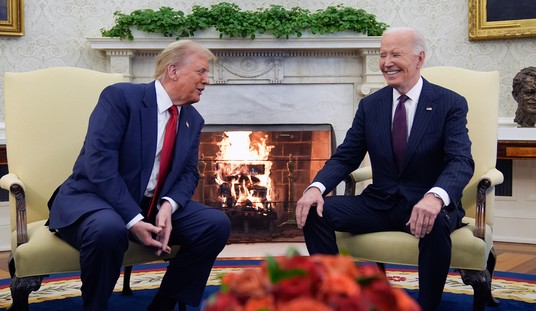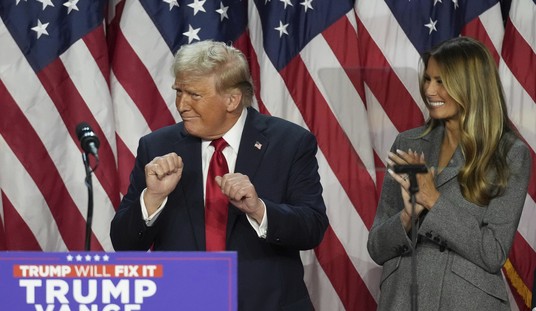As uncertain and unruly and disheveled as the debt-ceiling debate may be, there are still good grounds to reach a deal. It could help the economy. It could keep the policy ball moving in the direction of smaller government. It could add a key business tax incentive for economic growth. And it could even stabilize the dollar.
There really are two problems here: First is raising the debt ceiling to avoid default. (That’s a real good idea.) Second is stuffing enough spending and deficit reduction into the deal to accommodate the newly militant demands of S&P and Moody’s, who want roughly $4 trillion in cuts over ten years in order to keep our AAA rating.
But here’s the tricky part for me: What kind of numbers are we talking about in the event of a last-minute deal? So many of these numbers are phony, and they often reflect baseline fiddling and out-year budget cuts that never materialize.
But the credit raters are on the war path. The small deal offered by Senator McConnell would raise the debt ceiling in three parts. But with only $1 trillion in so-called cuts, this “Plan B” won’t pass the S&P/Moody’s test. The number is too small.
Then there’s the grand design for President Obama’s big-picture deal. It is over $4 trillion, but it includes taxes that look to be off the table from the Republican standpoint.
But this has me thinking. Assuming there are real spending cuts in the Obama package, I wonder if it’s possible to insert a business tax cut in the deal that would repatriate foreign earnings of U.S. companies. Let’s say with a 5 percent tax holiday. And let’s say it’s a two-to-three-year plan, or lasts until full-fledged business tax reform can come about. That would be a big plus for growth and jobs. We’re talking a base here of nearly $2 trillion in corporate cash that one way or another can come into our economy.
Recommended
Next up is cut, cap, and balance. Did Obama budget director Jack Lew open the door to this Republican House plan during the Sunday shows? This is my preferred option right now. The burden of government on the economy would be reduced from roughly 24 percent to 20 percent. That narrows the wedge between work and reward. It strengthens private market resources by curbing government redistribution. This is probably the biggest philosophical sticking point in the whole political debate. Of course, I’m for free-market capitalism.
But here too I’m not sure about the numbers. Various news accounts talk about a $2.4 trillion debt-ceiling increase with an equal spending cut. I presume that’s a ten-year number on the spending side. But that wouldn’t pass the S&P/Moody’s test of $4 trillion.
Other accounts of cut, cap, and balance use the Paul Ryan fiscal-year 2012 spending cut of $110 billion. That would be a home run. It would come to $5.8 trillion over ten years and would certainly satisfy the credit-rating agencies. In other words, the GOP House plan is far better from a rating-agency standpoint than any other plan out there -- that is, if the Ryan numbers are actually part of the plan. But we don’t know the numerical details yet.
That’s a problem.
We’ve learned from the cash-flow analysis of Treasury revenues and government spending that there just has to be a debt increase. As many have already written, the Jay Powell bipartisan policy analysis shows that you can cover the interest on Treasury debt along with Social Security and health entitlements. You could pay the Defense Department vendor bills. You could keep unemployment insurance benefits. But you’d still be $134 billion short for the rest of the August budget.
The U.S government has $172 billion of revenues coming in that month. But prior budgets have obligated $306 billion of spending. So you’re looking at a 44 percent budget cut. Maybe a good idea, but not realistic in one month. It’s just too big a shock to the system. And according to the Powell analysis, you couldn’t pay active duty military, veterans, or the FBI, to name just a few.
So the revenue-allocation view of not raising the debt ceiling really doesn’t hold any practical water. Why some of my conservative friends keeps pushing this is beyond me.
So is a deal possible?
I still think it is. The high end of the budget cuts from the White House and the House GOP possibly could be coupled with a tax deal on repatriation and even future tax reform. After all, economic-growth measures should be crucial in this sputtering economy.
Reducing the corporate-tax wedge and reducing the budget-spending wedge, to quote my friend Arthur Laffer, would provide a tonic for the economy. In other words, a debt deal can still work and promote growth.
























Join the conversation as a VIP Member